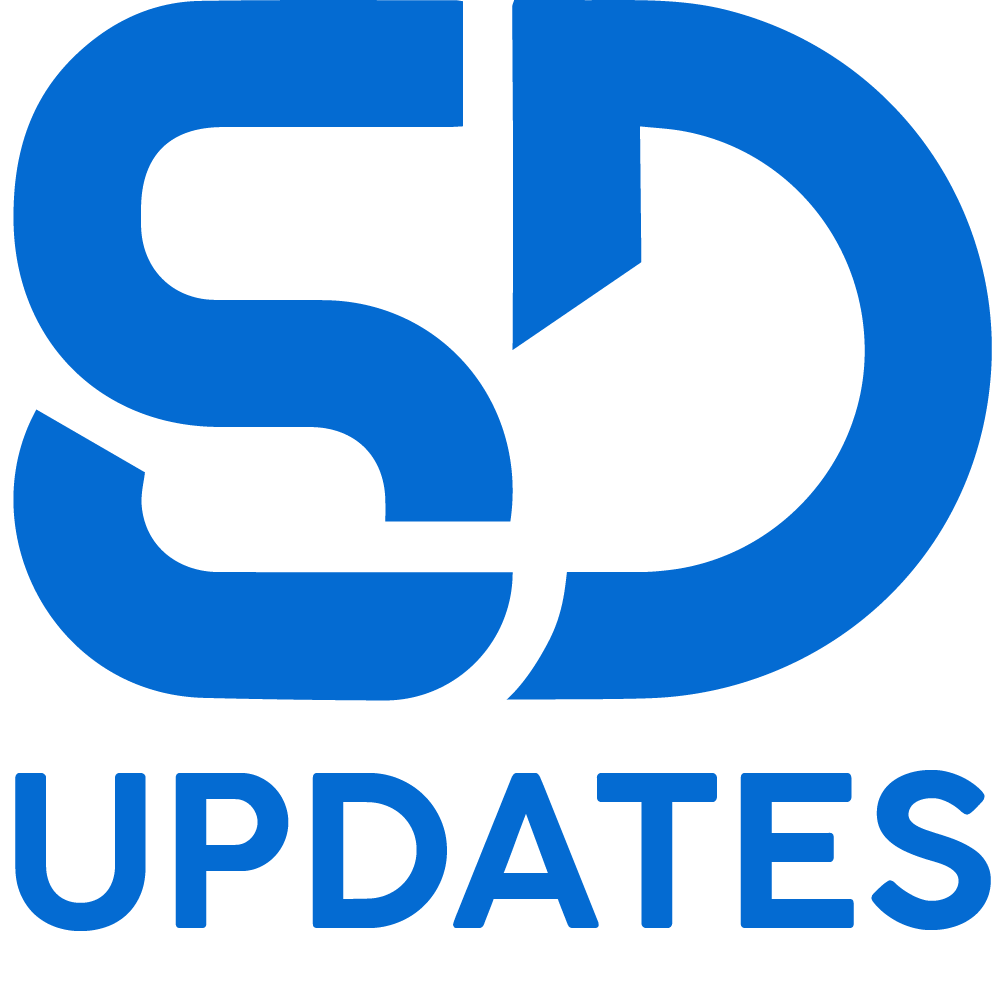Introduction
LinkedIn, the world’s largest professional networking platform, has unveiled a series of significant enhancements to its job matching features. These updates are designed to improve the job search and recruitment experience for both job seekers and recruiters. As the job market continues to evolve, LinkedIn’s new features aim to streamline the hiring process, making it easier to connect the right talent with the right opportunities. In this article, we’ll explore the details of LinkedIn’s enhanced job matching features, discuss how they can benefit both job seekers and recruiters, and offer practical advice on how to make the most of these new tools.
What Are the Enhanced Job Matching Features?
LinkedIn’s latest update introduces several key improvements to its job matching features. Here’s a closer look at what’s new:
1. Advanced Matching Algorithms
LinkedIn has upgraded its job matching algorithms to offer more precise and relevant job recommendations. The new algorithms leverage advanced machine learning techniques to analyze a candidate’s profile, skills, and career goals, matching them with job openings that align closely with their qualifications and preferences.
2. Personalized Job Recommendations
The enhanced features include personalized job recommendations tailored to individual users. LinkedIn’s system now takes into account a broader range of factors, including recent activity, job searches, and network connections, to deliver job suggestions that are more relevant and timely.
3. Enhanced Recruiter Tools
For recruiters, LinkedIn has introduced enhanced tools to streamline the hiring process. These tools include improved candidate search functionalities, advanced filtering options, and more intuitive communication features. Recruiters can now find and engage with potential candidates more efficiently, reducing the time and effort involved in the hiring process.
4. Skill-Based Matching
The new update also focuses on skill-based matching. LinkedIn’s algorithms now prioritize candidates based on their skills and competencies, rather than solely relying on job titles or experience. This approach ensures that candidates with the right skill set are matched with relevant job opportunities, even if their previous roles do not align perfectly with the job title.
How Do These Features Benefit Job Seekers?
LinkedIn’s enhanced job matching features offer several advantages for job seekers. Here’s how these improvements can make a difference in your job search:
1. More Relevant Job Opportunities
With the new advanced matching algorithms, job seekers receive more relevant job opportunities. The personalized recommendations are based on a comprehensive analysis of your profile, skills, and career goals, ensuring that you’re presented with job openings that are closely aligned with your qualifications and interests.
2. Streamlined Job Search
The enhanced job matching features streamline the job search process by presenting opportunities that are a better fit for you. This reduces the time spent sifting through irrelevant job listings and allows you to focus on applying for positions that are more likely to lead to a successful outcome.
3. Increased Visibility
The new skill-based matching system increases your visibility to recruiters. By highlighting your skills and competencies, you’re more likely to be discovered by recruiters searching for candidates with specific expertise. This can lead to more opportunities and increase your chances of landing interviews.
4. Better Fit for Career Goals
Personalized job recommendations ensure that the opportunities you receive are in line with your long-term career goals. Whether you’re looking for a new role, a career change, or a promotion, the enhanced features help you find positions that align with your aspirations and professional growth.
How Do These Features Benefit Recruiters?
For recruiters, LinkedIn’s enhanced job matching features offer several key benefits:
1. Improved Candidate Search
The enhanced recruiter tools provide improved search functionalities, allowing recruiters to find candidates more effectively. Advanced filtering options help narrow down the candidate pool based on specific criteria, such as skills, experience, and location, making it easier to identify the best fit for a role.
2. More Efficient Hiring Process
The new tools streamline the hiring process, reducing the time and effort required to manage candidate interactions. Enhanced communication features make it easier to engage with potential candidates, schedule interviews, and track the hiring process, leading to a more efficient recruitment workflow.
3. Better Talent Matching
Skill-based matching ensures that recruiters are presented with candidates who possess the specific skills and competencies required for a role. This improves the quality of candidate matches and increases the likelihood of finding the right fit for the job.
4. Enhanced Recruitment Insights
LinkedIn’s new features provide valuable insights into candidate profiles and engagement. Recruiters can access detailed analytics and performance metrics to evaluate the effectiveness of their recruitment efforts and make data-driven decisions to improve their hiring strategies.
Strategies to Maximize the Benefits of LinkedIn’s New Features
To make the most of LinkedIn’s enhanced job matching features, consider the following strategies:
1. Optimize Your LinkedIn Profile
Ensure that your LinkedIn profile is complete and up-to-date. Highlight your skills, achievements, and career goals to improve the accuracy of job recommendations. A well-optimized profile increases your chances of being matched with relevant job opportunities and discovered by recruiters.
2. Engage with LinkedIn’s Tools
Take advantage of LinkedIn’s enhanced recruiter tools if you’re a hiring professional. Use advanced search filters, communication features, and analytics to streamline your recruitment process and find the best candidates. Regularly review and update your search criteria to align with your hiring needs.
3. Set Clear Career Goals
For job seekers, setting clear career goals can help refine your job search. Define your desired roles, industries, and locations to receive more targeted job recommendations. Use LinkedIn’s personalized features to align your job search with your long-term career aspirations.
4. Leverage Skill-Based Matching
Both job seekers and recruiters should leverage the skill-based matching system. Job seekers should focus on showcasing their skills and competencies, while recruiters should refine their search criteria to prioritize skills over job titles. This approach ensures that the right candidates are matched with the right opportunities.
5. Monitor and Adapt
Regularly monitor the performance of your job search or recruitment efforts using LinkedIn’s analytics tools. Analyze the effectiveness of your strategies and make adjustments as needed. Staying informed and adaptable will help you optimize the benefits of LinkedIn’s new features.
Challenges and Considerations
While LinkedIn’s enhanced job matching features offer numerous benefits, there are also challenges and considerations to keep in mind:
1. Adjusting to New Features
Adapting to the new features may require some time and experimentation. Both job seekers and recruiters should be prepared to adjust their strategies and familiarize themselves with the updated tools to fully leverage their capabilities.
2. Data Privacy Concerns
With the increased use of advanced algorithms and data analysis, there may be concerns about data privacy. Ensure that you are aware of LinkedIn’s data protection policies and take steps to safeguard your personal and professional information.
3. Navigating Increased Competition
As LinkedIn’s job matching features become more sophisticated, competition for top positions may intensify. Job seekers should focus on differentiating themselves with a strong profile and compelling applications, while recruiters should be prepared to navigate a larger pool of candidates.
Conclusion
LinkedIn’s rollout of enhanced job matching features represents a significant advancement in the platform’s capabilities. By improving the precision of job recommendations, streamlining the recruitment process, and emphasizing skill-based matching, LinkedIn is transforming the way job seekers and recruiters connect.
To make the most of these new features, focus on optimizing your LinkedIn profile, leveraging advanced tools, and setting clear career goals. Both job seekers and recruiters should stay informed about the latest developments and adapt their strategies to fully benefit from LinkedIn’s innovations. Embrace these changes to enhance your job search or recruitment efforts and achieve your professional goals.







